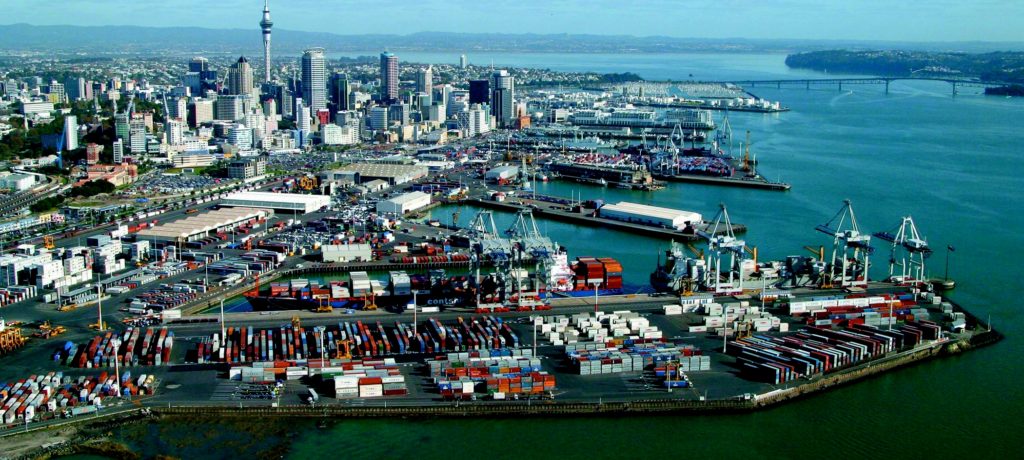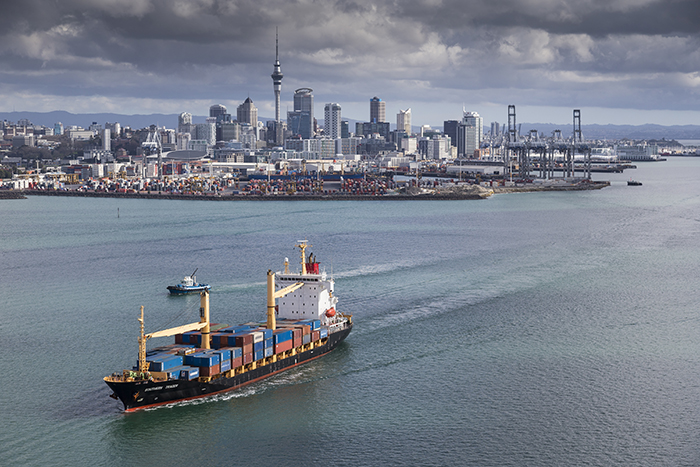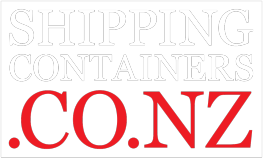
The city and port of Auckland have grown together over the last 170 years, covering the Waitematā and Manukau Harbours. The port plays a vital role in the economy, delivering the things we need and enjoy to live life, and connecting to a network of freight hubs throughout the North Island.
The port handled 558 510 Containers in 2016, contributing to a 2.1% increase in revenue, keeping it as one of New Zealand’s highest performing ports.
- Wynyard Wharf
- Owned and administered by Council’s Waterfront Auckland CCO, this is mostly used for chemical and liquid storage
- Princes Wharf
- Mainly a residential development that services cruise ships
- Queens Wharf
- Also owned and administered by Council’s Waterfront Auckland CCO, this is an additional cruise ship terminal
- Captain Cook Wharf
- Marsden Wharf
- Bledisloe Wharf
- Jellicoe Wharf
- Freyberg Wharf
- Fergusson Wharf
- 1,000 – 800 years ago – Polynesians discover Aotearoa (New Zealand). Tāmaki Makaurau (Auckland) is settled and becomes a large population and trade centre thanks to a wealth of local resources and fine harbours. Trade flourishes and the area becomes known as ‘Tāmaki herenga waka’ – the gathering place of many waka
- 1853 – Control of the Waitematā Harbour passes from the Governor to the Auckland Provincial Council, following the Constitution Act
- 1850s – The first Queen Street wharf is constructed. A quay along Customs Street is created and a breakwater is built out from Britomart Point
- 1871 – The Auckland Harbour Board is established to administer the port by an Act of Parliament
- 1875 – The Auckland Harbour Foreshore Act is introduced, giving the Auckland Harbour Board over 5,000 acres (2,000 hectares) of the Waitematā Harbour seabed
- 1880s – Point Britomart is quarried away and the area around Mechanics Bay, Customs Street, and Hobson Street is reclaimed to enable the construction of a railway wharf and better dockyards
- 1906 – 1913 – The present-day Queens Wharf is built
- 1909 – 1911 – Marsden Wharf is built
- 1913 – 1923 – The iconic Red Fence is erected for added security. The responsibility for the Manukau Harbour and the Onehunga Port was transferred from the Marine Department to the Auckland Harbour Board
- 1913 – 1923 – Princes Wharf is built and named after the Prince of Wales who visited Auckland in 1921
- 1922 – Captain Cook Wharf, named after Captain James Cook, is built
- 1931 – The western reclamation and western wharf extension are completed
- 1937 – 1948 – Bledisloe Wharf is built for frozen export cargo
- 1952 – Jellicoe Wharf is built
- 1961 – Freyberg Wharf is built
- 1971 – The Fergusson Container Terminal is built and Bledisloe Wharf is developed to handle containers. The first container ship, ‘Columbus New Zealand’, calls on 23 June 1971
- 1982 – Onehunga port starts handling containers
- 1988 – Ports of Auckland is formed, purchasing the Auckland Harbour Board’s land assets for about $250 million. Shares are listed on the New Zealand Stock Exchange, with 80% being held by the Auckland Regional Authority and 20% being held by Waikato Regional Council
- 2001 – 2006 – New container cranes and 1-over-2 straddles arrive at Auckland’s port
- 2005 – Ports of Auckland delists from the New Zealand Stock Exchange. The company is now owned wholly by Auckland Council’s investment arm (Auckland Council Investments). An inland port is opened in Wiri, South Auckland
- 2007 – Land at the western reclamation is transferred to the Waterfront Development Agency, now known as Panuku Development Auckland


